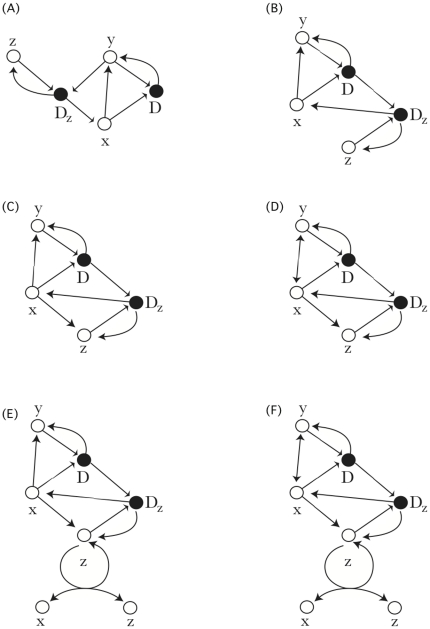Figure 4. Conflict networks illustrated as reaction graphs.
Open nodes are single individuals. Closed nodes are groups of 2 or more individuals. Directed edges represent transformations but not stoichiometry. Merging input edges into a single closed node corresponds to the formation of a complex (dyad or triad). Cycles represent transformations that yield one starting state and one alternative. The six conflict networks are: (A) B-cell inspired pacification. (B) T-cell inspired policing. (C) Spontaneous policing. (D) Temporary aggression. (E) Conditional Policing. (F) Conditional, Temporary Policing. Hence in (A)  becomes aggressive and transforms to
becomes aggressive and transforms to  . The aggressive individual
. The aggressive individual  interacts with
interacts with  to form a fight
to form a fight  which then resolves into aggressive individuals
which then resolves into aggressive individuals  . The strategy
. The strategy  interacts with
interacts with  to form the pacifying dyad
to form the pacifying dyad  which then resolves into
which then resolves into  and
and  . In the most complicated example (F),
. In the most complicated example (F),  becomes aggressive and transforms to
becomes aggressive and transforms to  , and
, and  can revert to
can revert to  . The aggressive individual
. The aggressive individual  interacts with
interacts with  to form a fight
to form a fight  which then resolves into aggressive individuals
which then resolves into aggressive individuals  . The strategy
. The strategy  can spontaneously transform into
can spontaneously transform into  . The strategy
. The strategy  can interact with
can interact with  to form the triadic complex
to form the triadic complex  , which resolves into
, which resolves into  and
and  . he strategy
. he strategy  can spontaneously transform into
can spontaneously transform into  .
.

